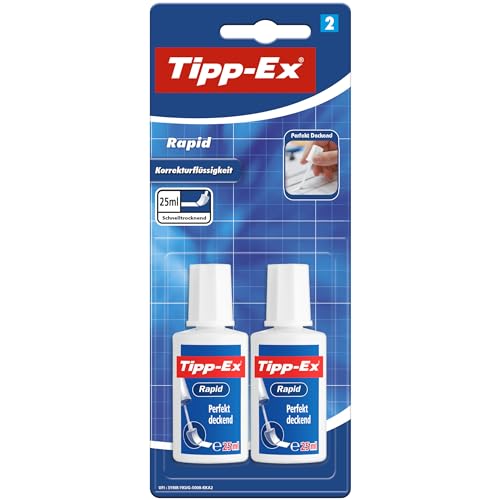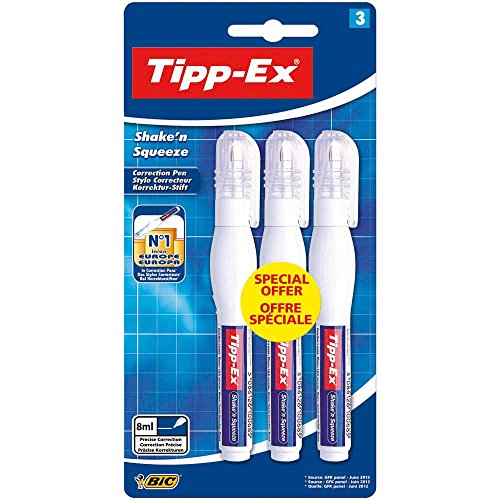The History of Correction Fluid: Who Invented It and How It Became Popular
Correction fluid, also known as white-out, is a common household item used to correct errors made while writing or typing. It has become so ubiquitous that many of us would be lost without it. But have you ever wondered who invented correction fluid and how it came to be so popular? In this article, we will take a deep dive into the history of correction fluid.
Bette Nesmith Graham: The Inventor of Correction Fluid
The credit for inventing correction fluid goes to Bette Nesmith Graham, a typist and single mother who wanted to find a way to correct her typing errors without having to retype the whole page. In the 1950s, before the advent of computers, typewriters were the primary means of producing written documents. The process was time-consuming, and mistakes were common.
In 1951, Graham began experimenting with various mixtures of tempera paint and water in her kitchen blender. She used the concoction to paint over her typing errors, and once it dried, she was able to retype the corrected text on top. It proved to be a game-changer, and Graham eventually patented her invention as “Mistake Out.”
The Popularity of Correction Fluid
Correction fluid took the world by storm, and Graham’s business grew rapidly. In 1956, IBM purchased the rights to her invention for $50,000, giving her a steady royalty stream. By the end of the 1950s, “Mistake Out” was available in stores across the United States, and the name was later changed to “Liquid Paper.
Correction fluid became so popular that it inspired a hit song in 1966 – “Whiteout” by The Cyrkle. And when computers became prevalent, correction fluid adapted and continued to be used to correct errors made on printed documents.
The Future of Correction Fluid
With the advent of digital documents and word processing software, the need for correction fluid has diminished. However, millions of people still use it daily to correct errors made on printed papers. Companies such as Bic and Paper Mate continue to manufacture correction fluid to meet the demand of its loyal users.
The Legacy of Bette Nesmith Graham
Bette Nesmith Graham passed away in 1980, but her legacy lives on. She was an innovator, an entrepreneur, and a role model for women in business. After amassing a fortune from her invention, Graham used her wealth to fund various philanthropic projects, including starting the first public radio station in her hometown of Dallas, Texas.






